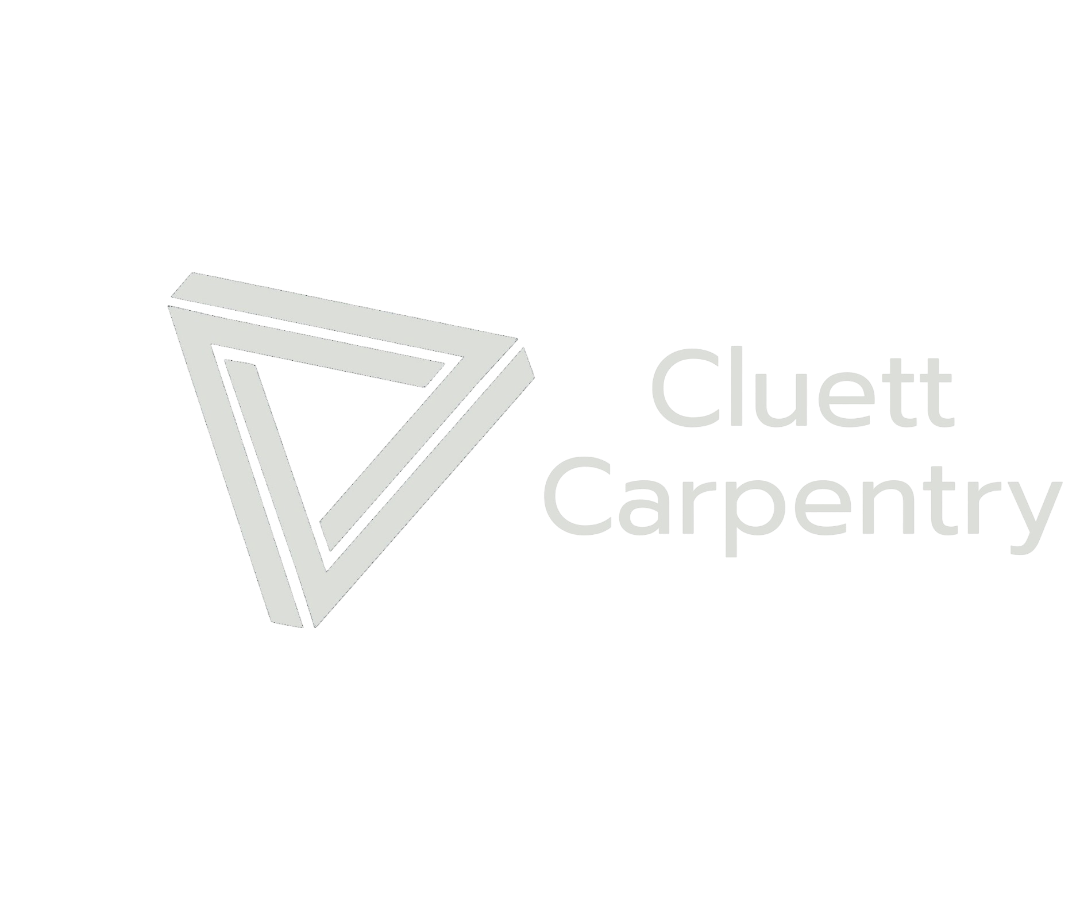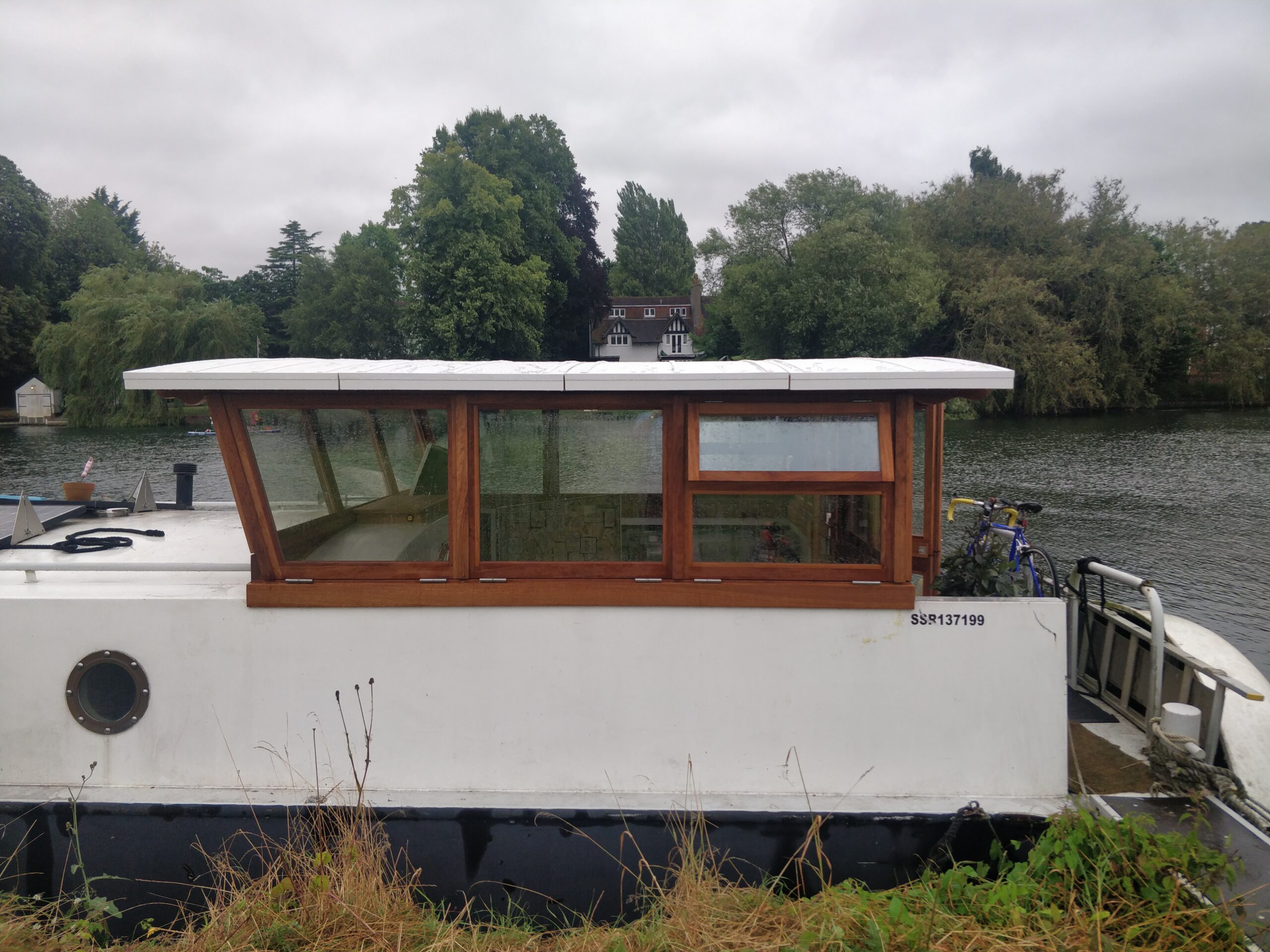What wood – Iroko – In this episode of “What Wood” I am going to tell you about Iroko. This is a West African hardwood, relatively economic as timbers go, and available in long and wide lengths. It’s stocked in most good timber merchants (though don’t expect to find it at a builder’s merchants).
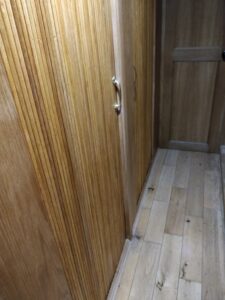
It’s a timber we use quite commonly and is one of my go-to timbers for external joinery. Oily, heavy and strong, with a distinct smell when cut, Iroko is excellent for a number of projects.
What wood – Iroko – Like Teak
Known as African Teak, this is a great alternative to the traditional boat building timber. It is extremely durable and resists rot and insect attack. Even untreated, it will last well outside. It is striking how the colour changes with time, starting out as often quite a light blonde, then darkening with exposure to light. It ends up a dark nut brown, though may silver with time if left unprotected.
Not only that, but it is tough, making it tough to machine and can blunt blades quicker than softer timbers. It’s natural oiliness, that gives it such excellent protection from rot and bugs, also has drawbacks. The dust produced is very harsh and additional safety steps may be required when working with it. We have good extraction on the machines at the workshop, but I will still use a barrier cream if I am machining up a quantity of it. Splinters from Iroko, which are common, tend to suppurate.
Additionally, the oily surface means it resists other solvents, meaning that it doesn’t take paint well. Care should be taken when gluing, as glues will not always penetrate the surface as readily as other timbers. There are specialist glues available for Iroko which we use in certain applications.
As a joinery timber, it is not bad, with fairly good dimensional stability and an average amount of moisture related movement. This means items made from it don’t warp or stick too much, though some movement is inevitable, as wood is wood.
An Overview,
Pros
- Extremely durable and resistant
- Very Hard
- Relatively Cheap
- Attractive Nut Brown colour when exposed to light
- Widely available in England
- Low maintenance
- Machines well
- Comes in long, wide lengths of straight-grained timber
Cons
- Heavy
- Tough on blades
- Appearance change over time may be undesirable
- Doesn’t paint well
- Can be tricky to glue
- Toxic dust when machining
- Can be brittle
- Splinters are the worst
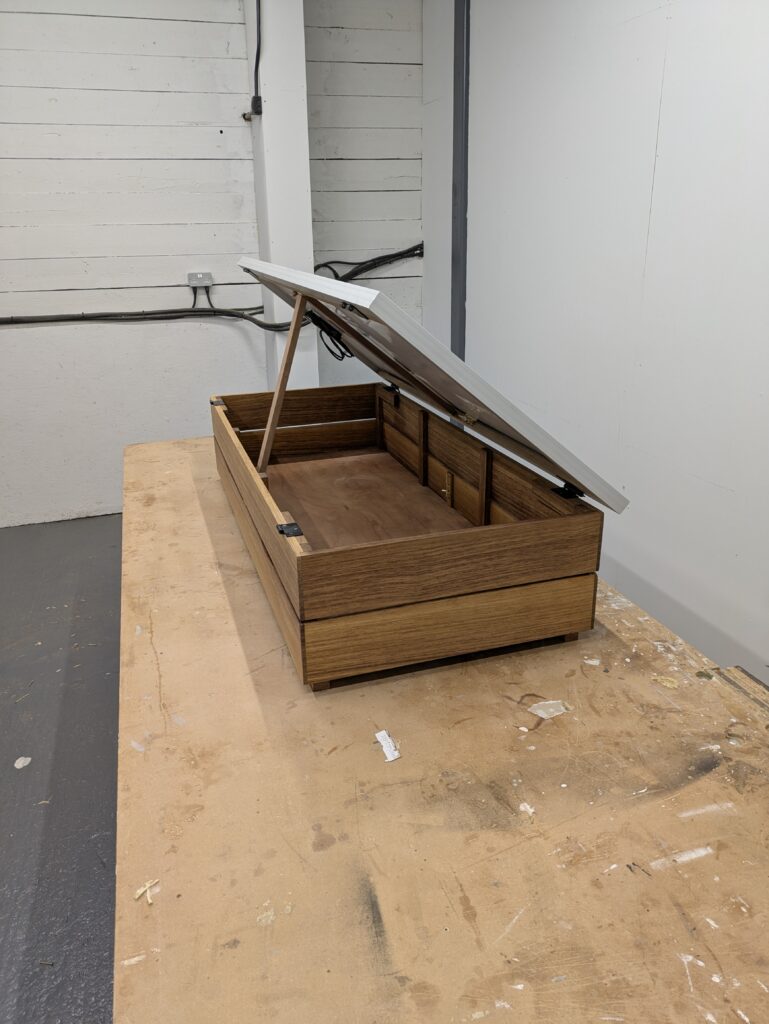
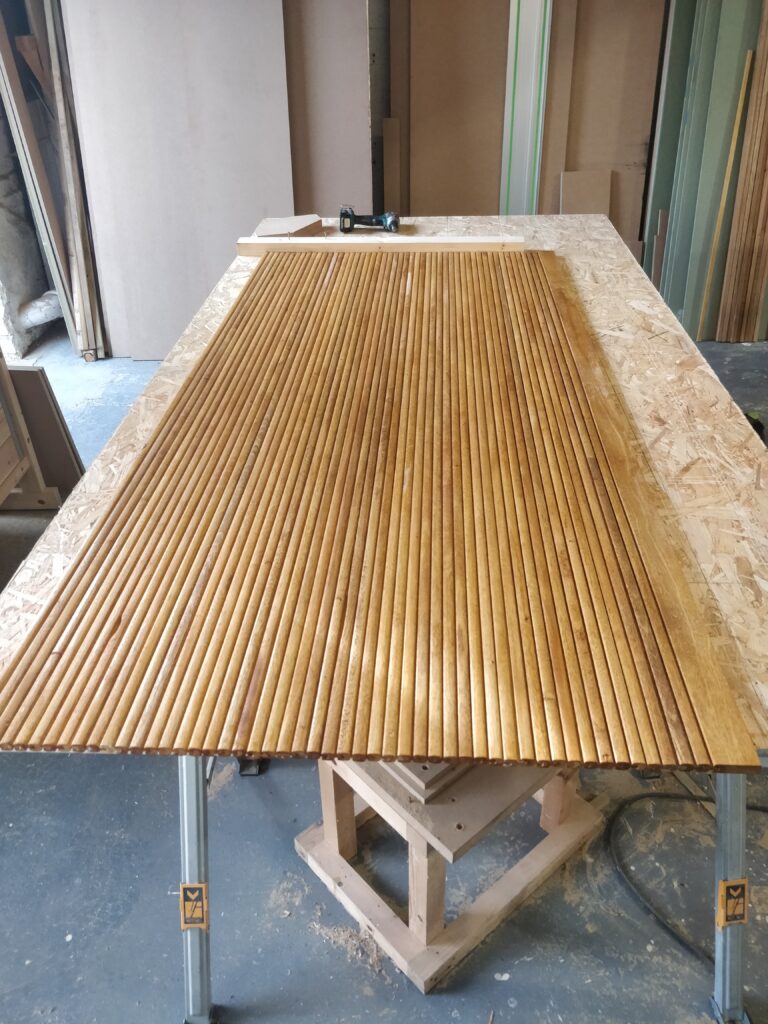
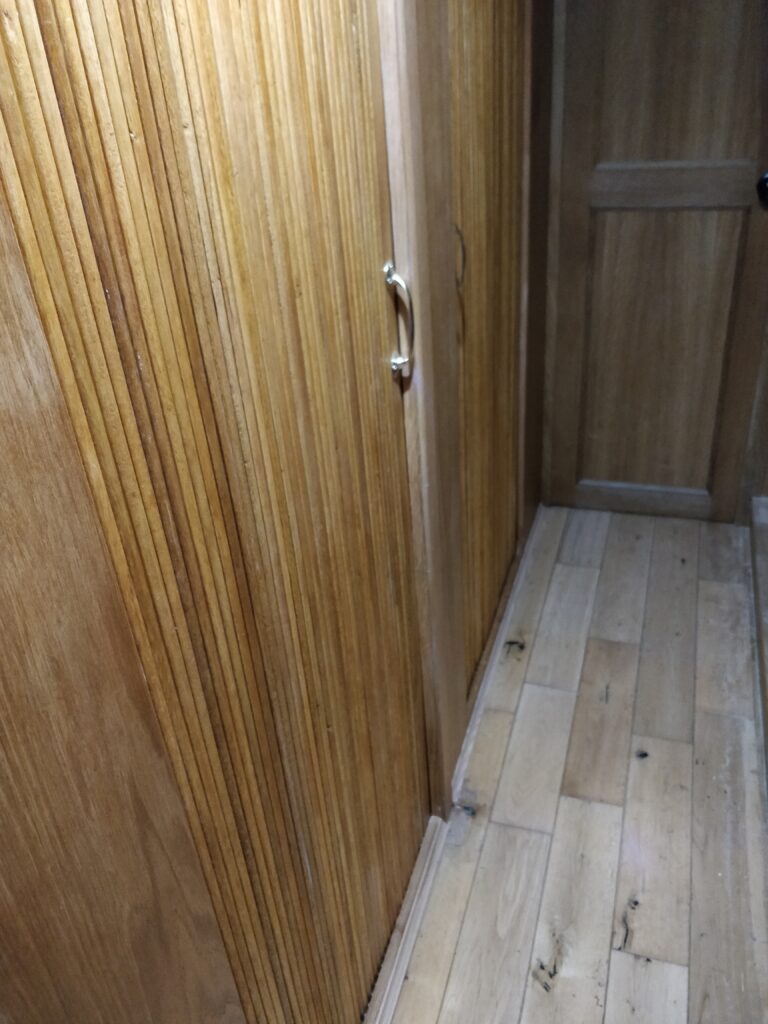
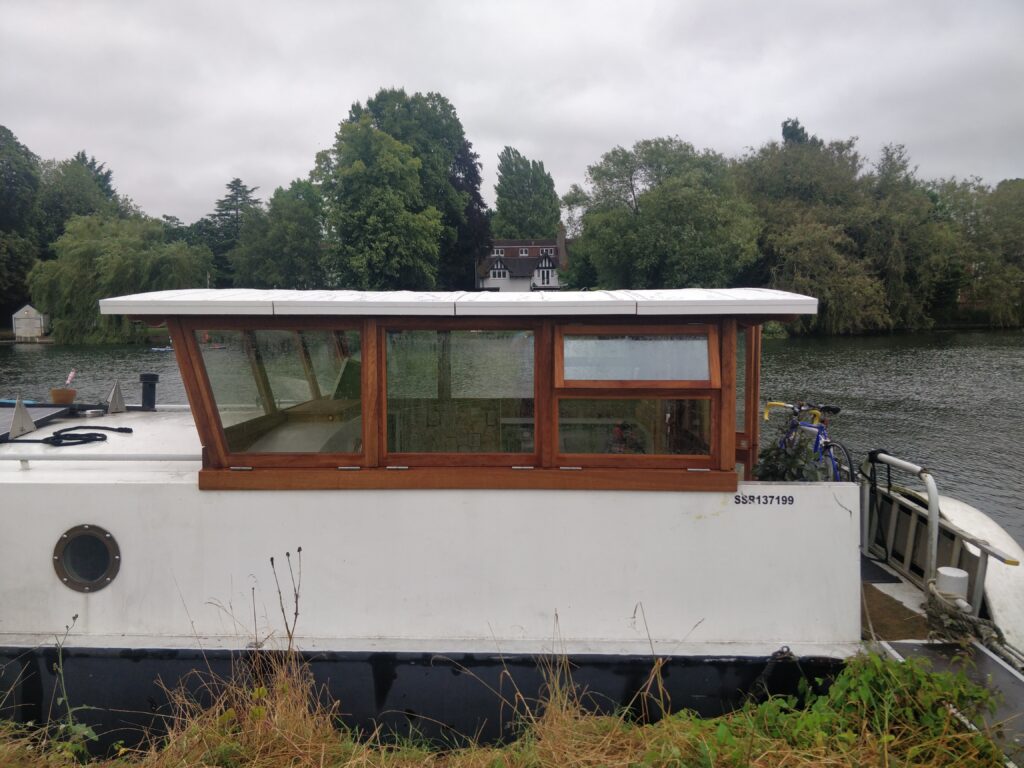
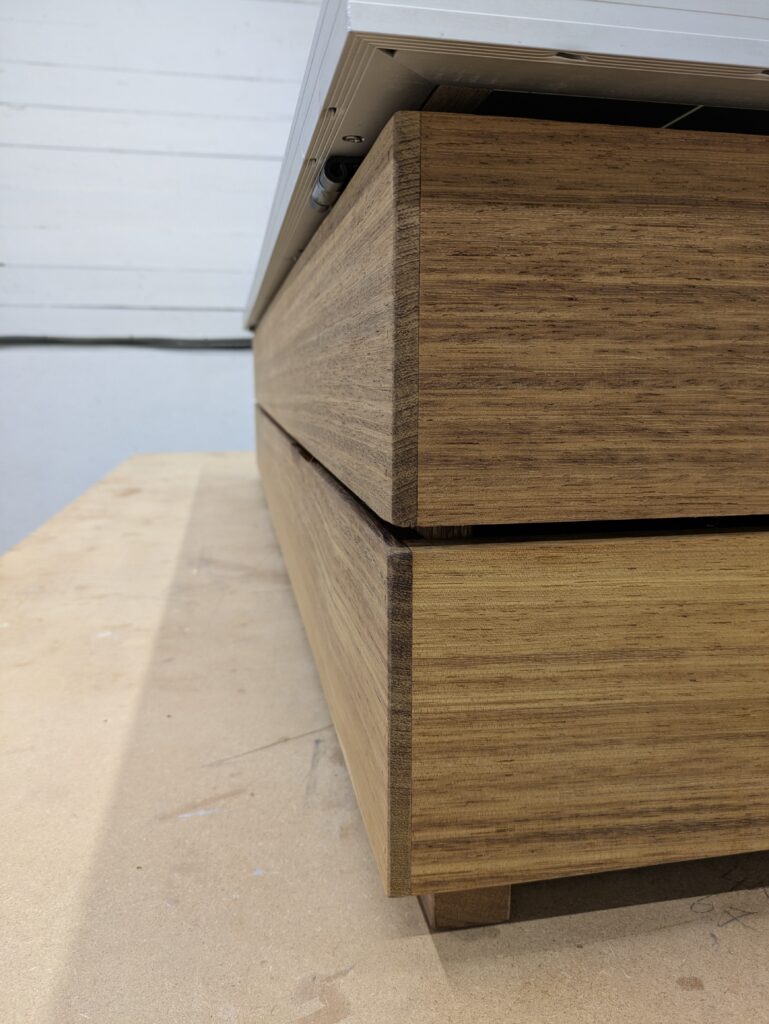
Enjoy more reading in these articles.
- K is for Kitchens – What you need to Know
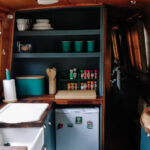
- Important Update on Bespoke Orders at Cluett Carpentry

- The Breaks Are On, the bunting is down – Find out More Now

- Black Friday Early Access Sale Update – Find Out More

- B is for Bedrooms! A tantalizing look at the challenge.
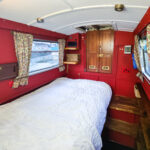
- Get Ready for Tempting Epic Savings: Our Black Friday Early Access Sale is Here! 🎉

